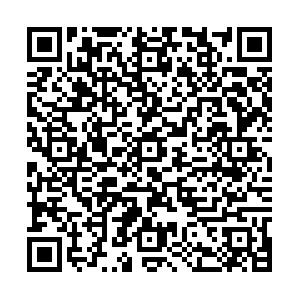The Relationship between We Media and the Government Image
-
摘要: 公众议程中的属性显要性和客体显要性会影响到公众对客体的评价及行为,同时属性显要性和客体显要性都存在正负之分。反映在自媒体时代下的政府形象塑造中,就会出现自媒体与政府形象的四种关系,分别为正面媒体传播的政府正面形象、正面媒体传播的政府负面形象、负面媒体传播的政府正面形象以及负面媒体传播的政府负面形象。每种状态中自媒体与政府形象的关系都有不同的特点,面临着不同的挑战,要正确处理好二者之间的关系,追求双赢的理想状态,需要认清自媒体的传播环境、善于利用自媒体、及时了解舆论走向、提升政府自身媒介素养、加强政府与自媒体的合作、提高自媒体及公众媒介素养等。Abstract: In the public agenda, the salience of the attributes and the objects affects the evaluation and behavior of the public on the object, and there are positive and negative values of the attributes and the objects. In the “we media” era, it reflects the four relations between “we media” and the government image in the image shaping of government. Therefore, there are four different states - the positive image of the government propagated by the positive media, the negative image of the government propagated by the positive media, the positive image of the government propagated by the negative media and the negative image of the government propagated by the negative media. The relationship between “we media” and the government in each state has different characters and challenges. In order to properly handle the relationship between “we media” and the government and achieve a win-win situation, we are supposed to: recognize the propagation environment of “we media”, be good at using “we media” in a timely manner to understand the trend of public’s opinions, improve government’s media quality, strengthen cooperation between “we media” and the government, improve the media quality of the media and the public.
-
Key words:
- we media /
- the government image /
- four quadrants /
- image shaping
-
[1] 武上力, 张艳如, 王云鹤. 移动社交时代下自媒体之比较研究——以微信、微博与QQ空间为例[J]. 新媒体研究, 2015, (1): 27-28,14. [2] 徐其一. 互联网背景下自媒体特点简析[J]. 科技传播, 2015, (7): 106,102. [3] 江骏. 浅析我国电子政务发展中的政府形象塑造[J]. 商, 2015, (20): 102. [4] 王文静. 自媒体时代政府形象管理研究[D]. 燕山大学, 2015. [5] 邓新民. 自媒体:新媒体发展的最新阶段及其特点[J]. 探索, 2006, (2): 134-138. [6] 吴潮. 新媒体与自媒体的定义梳理及二者关系辨析[J]. 浙江传媒学院学报, 2014, (5):33-37. [7] 朱晓鸣. 微信自媒体的崛起与思考[A]. 南方报业传媒集团编. 南方传媒研究(第四十一辑:自媒体)[C]. 广州:南方日报出版社, 2013. [8] 王伟伟. 论自媒体时代我国政府形象的塑造[J]. 山东行政学院学报, 2014, (6): 23-27. [9] 韩培庆. 论自媒体时代政府形象建设面临的挑战和机遇[J]. 中国报业, 2016, (16):30-31. [10] [美]马克斯韦尔·麦库姆斯.议程设置:大众媒介与舆论[M]. 北京:北京大学出版社, 2008. [11] McCombs, M. E. and Show, D. L. The Agenda-setting function of mass media[J]. Public Opinion Quarterly.1972, 36(2): 176-187. [12] 薛瑞汉. 网络监督面临的新问题及路径选择[J]. 新视野, 2010, (1):79-81. [13] 马得勇, 孙梦欣. 新媒体时代政府公信力的决定因素———透明性、回应性抑或公关技巧?[J]. 公共管理学报, 2014, (1): 104-113. [14] [美]沃尔特·李普曼.公共舆论[M]. 闫克文, 江红译. 上海:上海人民出版社, 2002. -

 点击查看大图
点击查看大图
计量
- 文章访问数: 544
- HTML全文浏览量: 86
- PDF下载量: 27
- 被引次数: 0



 下载:
下载:
